Almost 2,000 species have been identified in the spaces # Natura2000 Banco de la Concepción and Espacio Marino del Oriente y Sur of Lanzarote-Fuerteventura
Scientists from the Spanish Institute of Oceanography (IEO), in collaboration with the University of La Laguna and the Biodiversity Service of the Canary Islands Government, have produced a catalog of flora and fauna in the protected marine areas of Banco de la Concepción and Oriente y South of Lanzarote and Fuerteventura in which slightly more than 1,700 species are identified.
The marine area of the east and south of Lanzarote-Fuerteventura comprises an extensive area of more than 14,000 km² where a great variety of habitats and species converge.
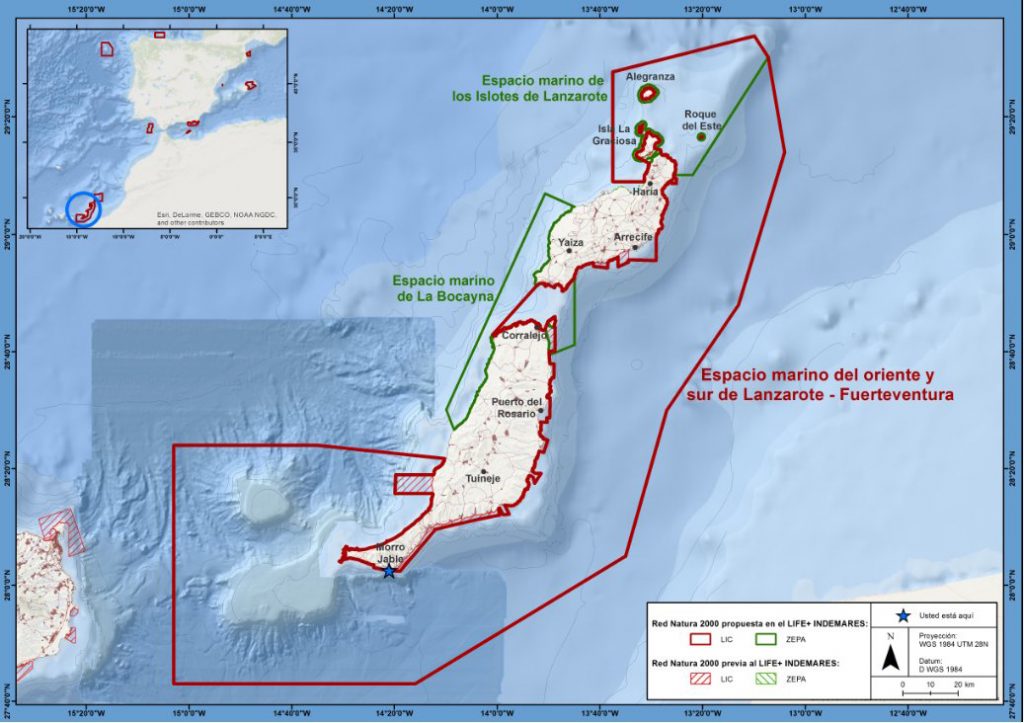
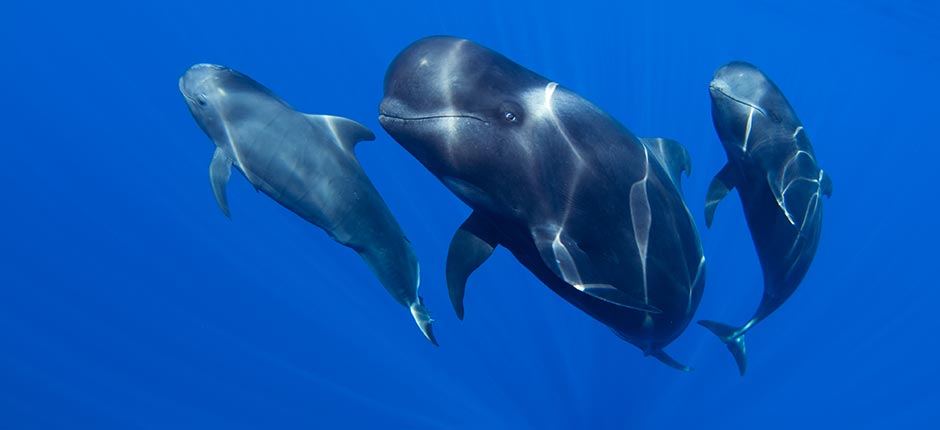
It is one of the most productive areas of the Canary Islands and attracts small fish and sea turtles, tunas, sharks, seabirds and cetaceans.
This analysis of biodiversity will allow the implementation of management plans and increase the protection of these two Places of Community Importance (SCI), which occupy an area of two million hectares, which in 2016 were included in the Natura 2000 Network and whose extension to Special Conservation Areas (ZEC) is being studied within the framework of the Life Intemares project.
Underwater mountain
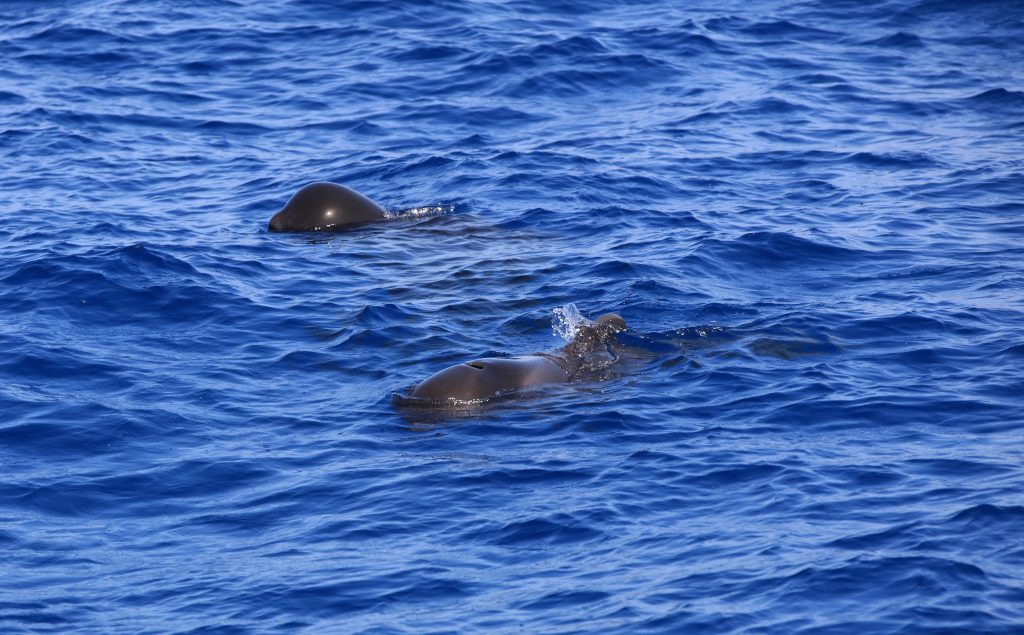
The SCI of Banco de la Concepción, located 75 kilometers northeast of Lanzarote, is a circular underwater mountain with an almost flat top, which rises from a depth of more than 2,600 meters to 150 meters.
Its location, morphology and its interposition to currents cause the outcrop of deep waters loaded with nutrients, which make this seamount an oasis of biodiversity.
As a consequence, it attracts numerous organisms, from plankton to small fish and, after them, larger ones, such as tunas and sharks, along with cetaceans or turtles in search of food.
Sebadales and coral gardens
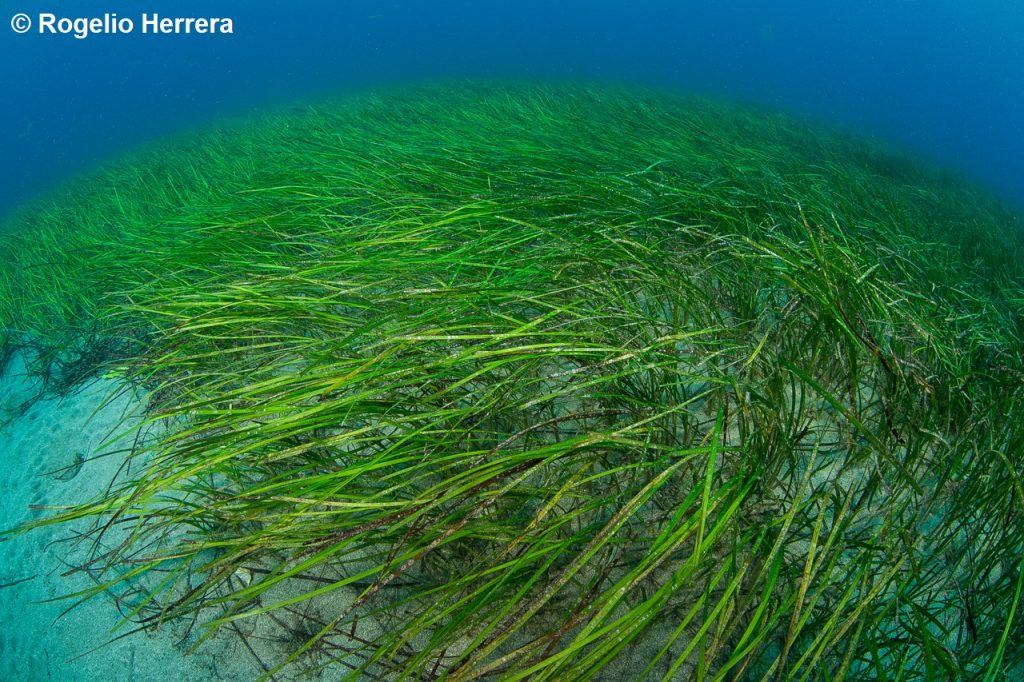
The SCI Marine Area of the East and South of Lanzarote-Fuerteventura, covers an extensive area of more than 14,000 km², which includes the islands of the Chinijo Archipelago, the entire coastline to the east of Lanzarote and Fuerteventura and the underwater banks of Amanay and El Banquete , to the south.
The enormous extension of this space and its great variety of environments makes it the one with the greatest biodiversity of habitats and species. About twenty different habitats have been identified, from sebadales on the coast to coral gardens and gorgonians in deep waters.
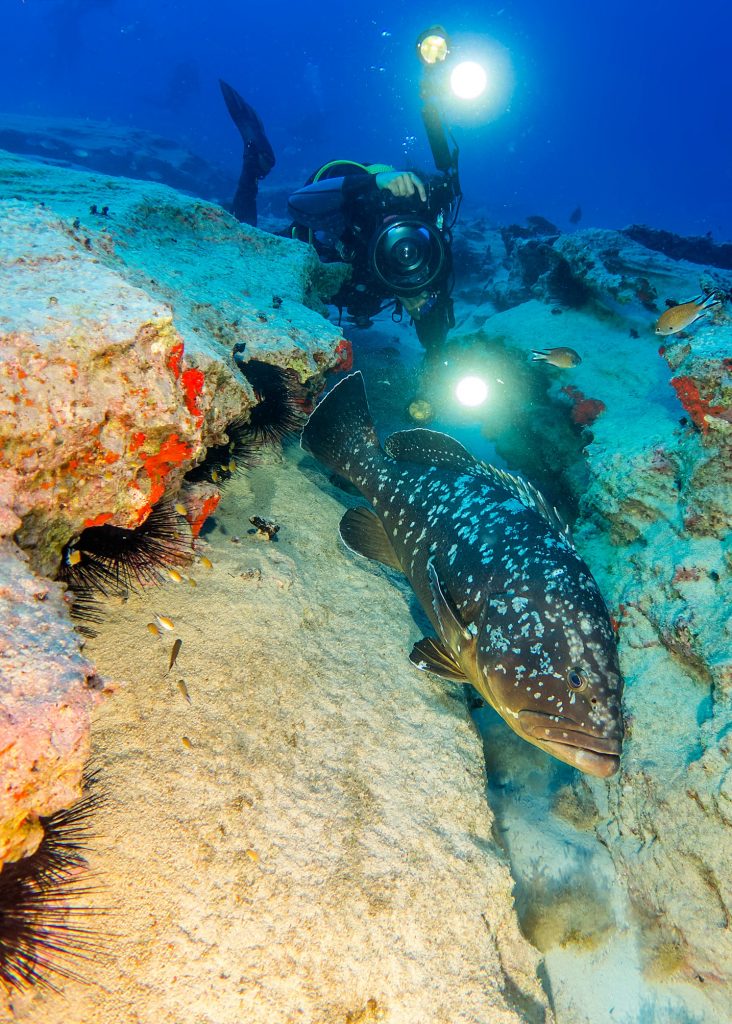
If you would like to know more about the marine area of Isla de Lobos in Fuerteventura, get in touch with us, we have a wide variety of excursions to offer you.

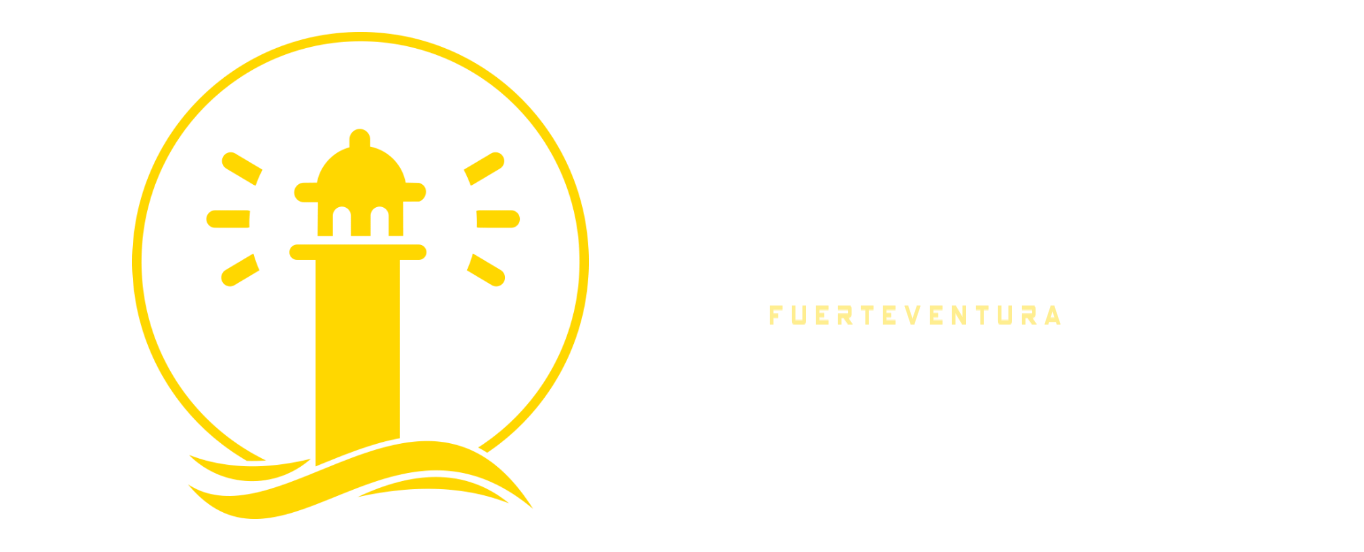

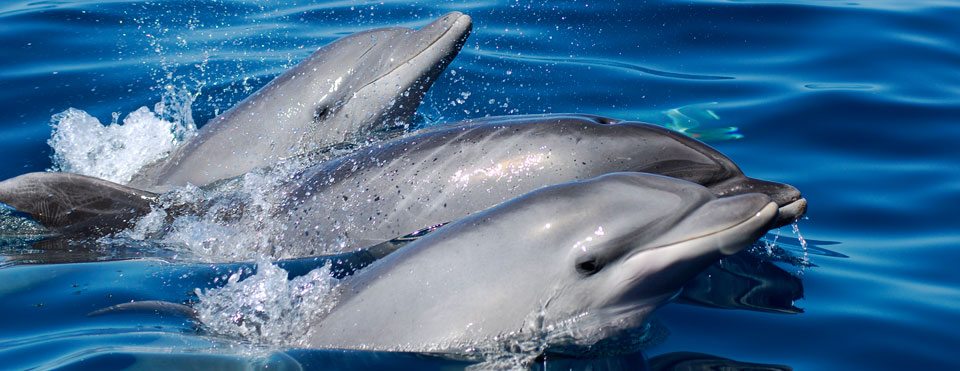
Comments